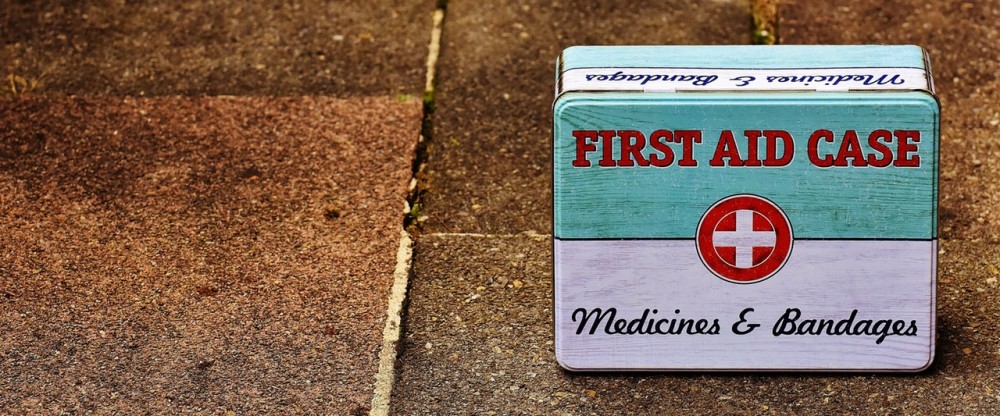A Business’s Guide To The Ultimate First Aid Kit
Nowadays, safety in the workplace is essential. That isn’t to say that it wasn’t important in the past, but it has more of an impact in 2017. If businesses don’t take it seriously today, they could get a fine or have to fight a lawsuit. Some bosses have even been to jail such was their negligence. To avoid these penalties, the company has to make sure the workforce is secure at all times, and a first aid kit is the best place to start.
The following are the items that should be in every first aid kit.
Plasters & Bandages
Most workplace incidents involve trips and falls, and these can cause bleeding. The first thing you have to do is stop the bleeding, which is why they are essential. However, they have other uses that also come in handy. A bandage, for example, can transform into a makeshift sling or support if someone has a sprain or a break. What makes them ubiquitous in first aid is the fact that they are flexible. A tip: always buy waterproof plasters. You can’t always dry the wound properly if you have to clean the cut.
Cleansing Wipes
If there is a wound, it will need cleaning extensively to avoid an infection. Water is always a good idea, but there are better options. Cleansing wipes are brilliant because they contain antibacterial properties. That means they are sterile and help the wound recover. The trick is to use alcohol-free stock wipes as these are the most effective. Sometimes, the alcohol can get into the wipe and cause them not to work. Plus, they are perfect for a multicultural office.
Painkillers
It’s important to remember that your job isn’t to provide extensive health care. Your job is to give the injured person basic care until the professionals arrive. It’s for this reason why painkillers are an essential feature of a first aid kit. Injuries in the workplace can be very painful, and it can cause the person(s) a lot of distress. Painkillers help mask the pain so that they aren’t as vulnerable until the paramedics arrive with a long-term solution. The good news is that they are available in all good supermarkets and some bad ones too.
Defibrillator
Now, a piece of kit like an automated external defibrillator does sound like it’s out of your league. But, it isn’t if you have a medical officer with first aid training. Most advanced courses teach people how to use defibrillators because they are lifesavers. If a person’s heart stops, for example, the electric shock will bring them back to life. Mouth to mouth and resuscitation techniques are also good options, but they aren’t as effective in a lot of cases. It’s a last resort, but it’s one that you can have at your disposal if you pack it in the kit. Please only let the relevant people use it though because it is a dangerous tool.
Invest in the above and you’ll have an answer to every question with regards to workplace safety.

